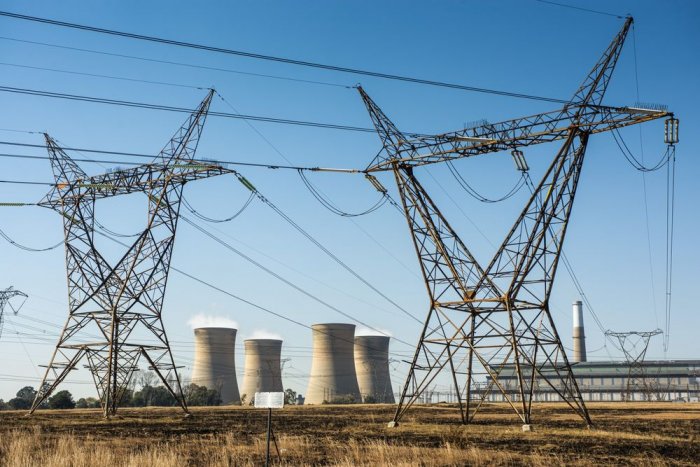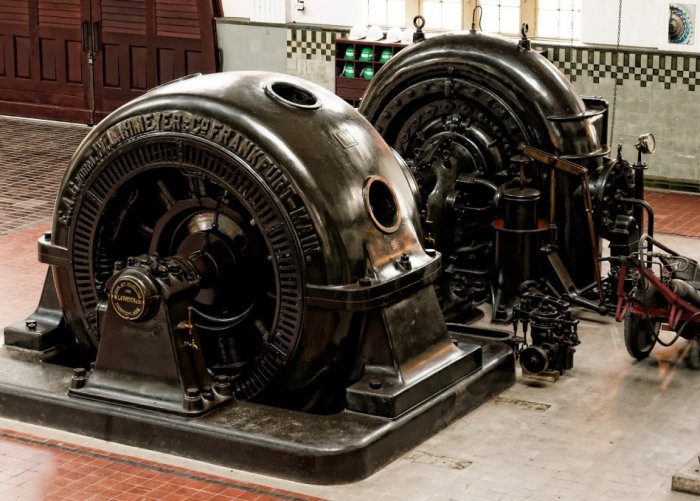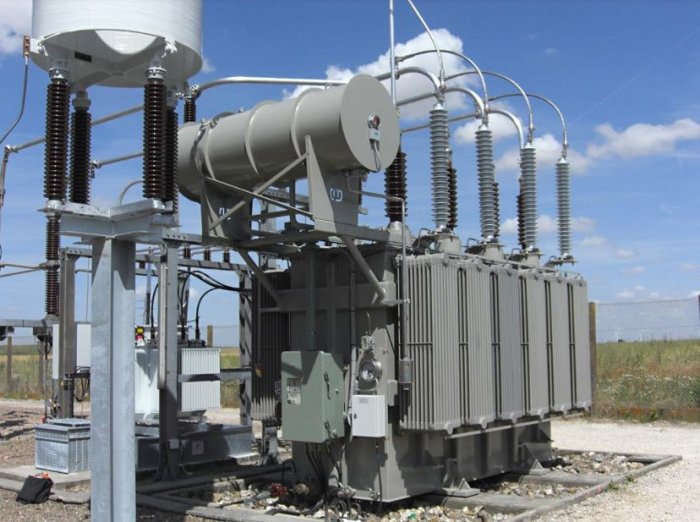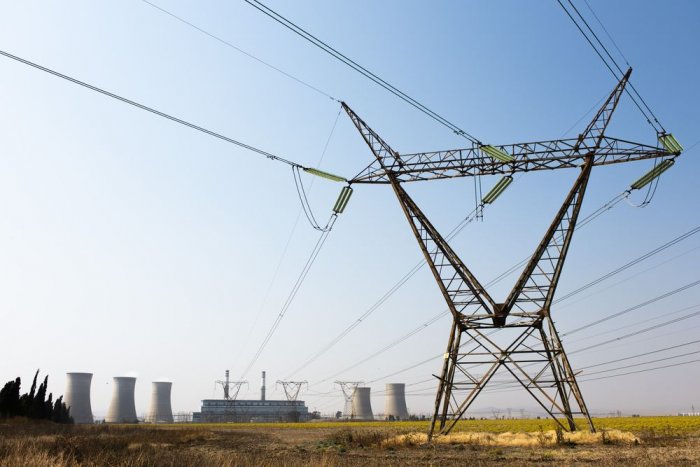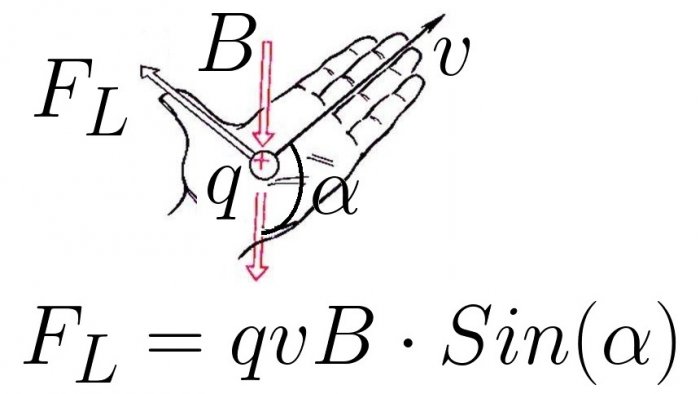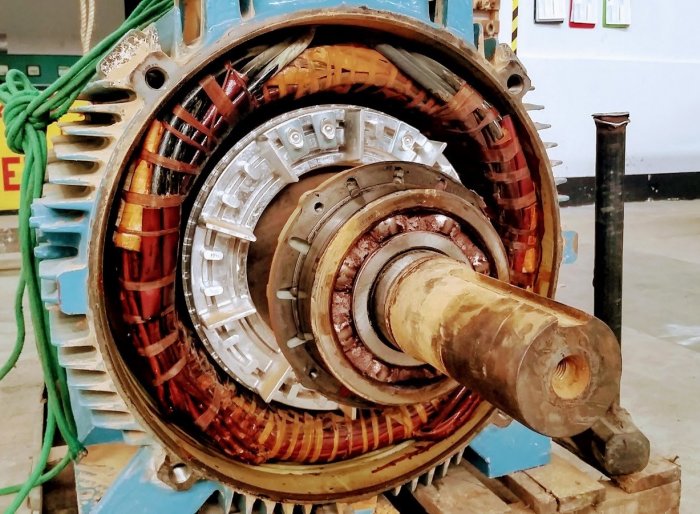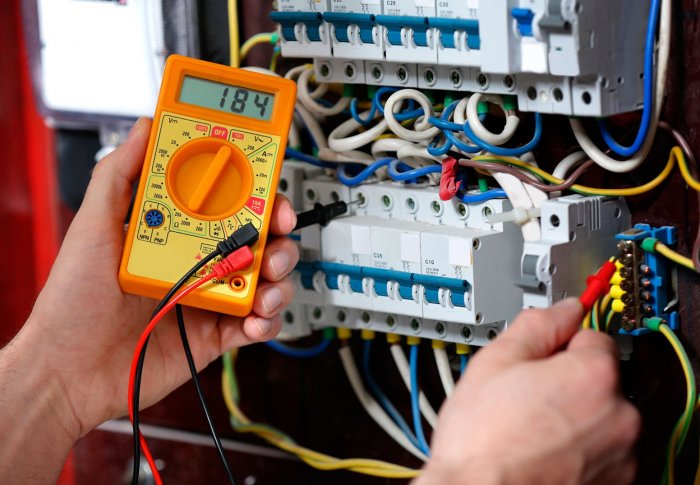The most important laws of electrodynamics in a concise and accessible form
The importance of electrodynamics in the modern world is primarily associated with the wide technical possibilities it opens up for the transmission of electrical energy over long-distance wires, for methods of distribution and conversion of electricity into other forms, — of mechanical, thermal, light, etc.
Generated in power plants, electrical energy is sent over miles of power lines — to homes and industrial facilities, where electromagnetic forces drive the motors of various equipment, household appliances, lighting, heating devices, and more. In a word, it is impossible to imagine a modern economy and not a single room without an outlet on the wall.
All this ever became possible only thanks to the knowledge of the laws of electrodynamics, which allows to connect the theory with the practical application of electricity. In this article, we will take a closer look at four of the most practical of these laws.
The law of electromagnetic induction
The law of electromagnetic induction is the basis of the operation of all electric generators installed in power plants, and not only. But it all started with a barely noticeable current, discovered in 1831 by Michael Faraday in an experiment with the movement of an electromagnet relative to a coil.
When Faraday was asked about the prospects for his discovery, he compared the result of his experiment to the birth of a child that has yet to grow up. Soon this newborn became a true hero who changed the face of the entire civilized world.See — Practical application of the law of electromagnetic induction
A generator at a historic hydroelectric plant in Germany
Modern power plant generator it's not just a coil with a magnet. It is a huge structure containing steel structures, many coils of insulated copper busbars, tons of iron, insulating materials, as well as a large number of small parts manufactured with precision down to fractions of a millimeter.
In nature, of course, such a complex device cannot be found, but nature in the experiment showed man how the device should work to produce electricity through mechanical movements under the influence of an available external force.
The electricity generated in the power plant is converted, distributed and converted again thanks to power transformers, whose work is also based on the phenomenon of electromagnetic induction, only a transformer, unlike a generator, does not include constantly moving parts in its design, instead it contains a magnetic circuit with coils.
An AC winding (primary winding) acts on the magnetic circuit, the magnetic circuit acts on the secondary windings (secondary windings of the transformer). Electricity from the secondary windings of the transformer is now distributed to consumers. All this works thanks to the phenomenon of electromagnetic induction and the knowledge of the corresponding law of electrodynamics, which bears the name Faraday.
The physical meaning of the law of electromagnetic induction is the appearance of an eddy electric field when the magnetic field changes over time, which happens exactly in a working transformer.
In practice, when the magnetic flux penetrating the surface bounded by the conductor changes, an EMF is induced in the conductor, the value of which is equal to the rate of change of the magnetic flux (F), while the sign of the induced EMF is opposite to the rate of the made change F. This relationship is also called the "flow rule":
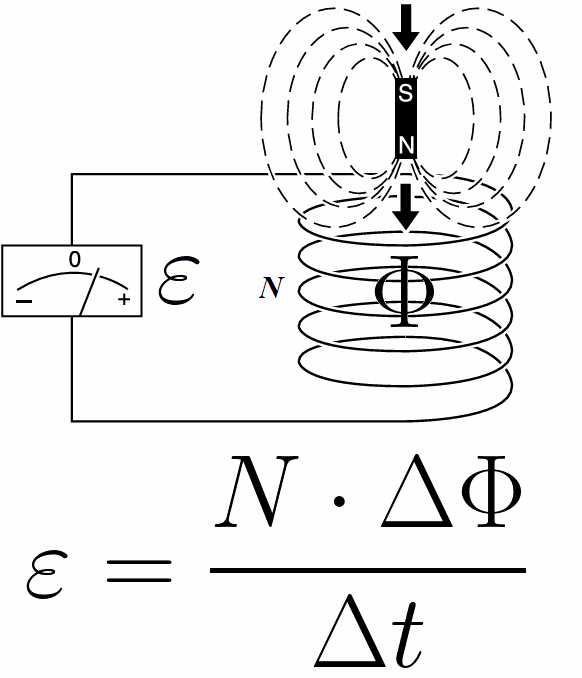
In addition to directly changing the magnetic flux penetrating the loop, another method of obtaining an EMF in it is possible, — using the Lorentz force.
The magnitude of the Lorentz force, as you know, depends on the speed of movement of the charge in a magnetic field, on the magnitude of the induction of the magnetic field and on the angle at which the given charge moves relative to the induction vector of the magnetic field:
The direction of the Lorentz force for a positive charge is determined by the "left-hand" rule: if you position your left hand so that the vector of magnetic induction enters the palm, and four outstretched fingers are placed in the direction of movement of the positive charge, then a thumb bent at 90 degrees will indicate the direction of the Lorentz force.
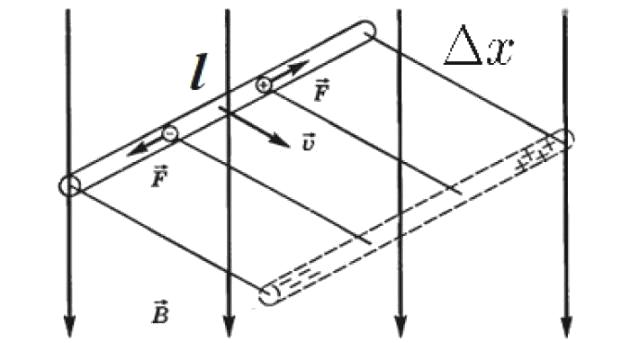
The simplest example of such a case is shown in the figure. Here, the Lorentz force causes the upper end of a conductor (say, a piece of copper wire) moving in a magnetic field to become positively charged and its lower end negatively charged, since electrons have a negative charge and it is they who move here.
The electrons will move down until the Coulomb attraction between them and the positive charge on the opposite side of the wire balances the Lorentz force.
This process causes the appearance of EMF of induction in the conductor and, as it turned out, is directly related to the law of electromagnetic induction. In fact, the electric field strength E in the wire can be found as follows (assume that the wire moves at right angles to the vector B):

therefore, the EMF of the induction can be expressed as follows:

It may be noted that in the given example the magnetic flux F itself (as an object) does not undergo changes in space, but the wire crosses the area where the magnetic flux is located, and you can easily calculate the area that a wire traverses by moving through that region of space during a given time (that is, the rate of change of the magnetic flux mentioned above).
In the general case, we are entitled to conclude that according to the «flux rule» the EMF in a circuit is equal to the rate of change of the magnetic flux through that circuit, taken with the opposite sign, regardless of whether the value of the flux F directly changes due to a change in induction of the magnetic field with time at a fixed loop either as a result of displacement (crossing the magnetic flux) or deformation of the loop or both.
Ampere's Law
A significant part of the energy generated in power plants is sent to enterprises, where the engines of various metal cutting machines are supplied with electricity. The operation of electric motors is based on the understanding of their designers Ampere's Law.
This law was created by Andre Marie Ampere in 1820 for direct currents (it is no coincidence that this law is also called the law of the interaction of electric currents).
According to Ampere's law, parallel wires with currents in the same direction attract each other, and parallel wires with oppositely directed currents repel each other. Additionally, Ampere's law refers to the rule of thumb for determining the force with which a magnetic field acts on a current-carrying conductor in a given field.
In a simple form, Ampere's law can be stated as follows: the force (called Ampere's force) with which a magnetic field acts on an element of a current-carrying conductor in a magnetic field is directly proportional to the amount of current in the conductor and the vector product of the element of the length of the wire from the value of the magnetic induction.
Accordingly, the expression for finding the modulus of Ampere's force contains the sine of the angle between the magnetic induction vector and the current vector in the conductor on which this force acts (to determine the direction of Ampere's force, you can use the left hand rule):
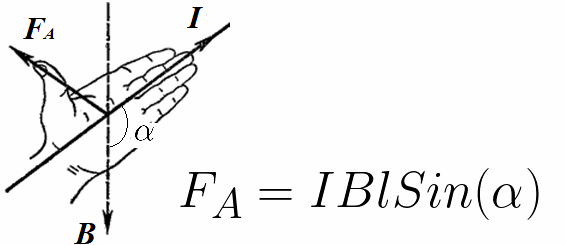
Applied to two interacting conductors, Ampere's force will act on each of them in a direction dependent on the respective directions of the currents in those conductors.
Suppose there are two infinitely long thin conductors in vacuum with currents I1 and I2, and the distance between the conductors everywhere is equal to r.It is necessary to find the Ampere force acting on a unit length of the wire (for example, on the first wire on the side of the second).
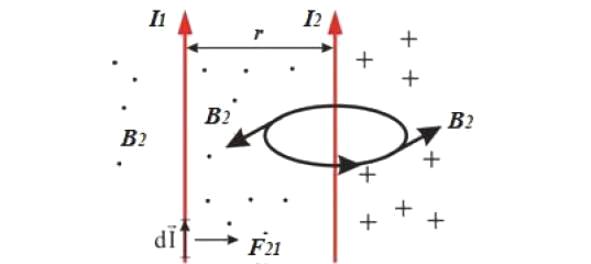
According to the Bio-Savart-Laplace law, at a distance r from an infinite conductor with current I2, the magnetic field will have an induction:
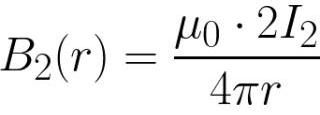
Now you can find the Ampere force that will act on the first wire located at a given point in the magnetic field (at a place with a given induction):

Integrating this expression over the length, and then substituting one for the length, we obtain the ampere-force acting per unit length of the first wire on the side of the second. A similar force, only in the opposite direction, will act on the second wire from the side of the first.
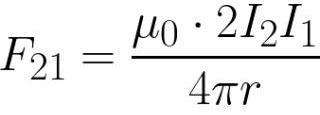
Without an understanding of Ampere's law, it would be simply impossible to qualitatively design and assemble at least one normal electric motor.
Principle of operation and design of the electric motor
Types of asynchronous electric motors, their characteristics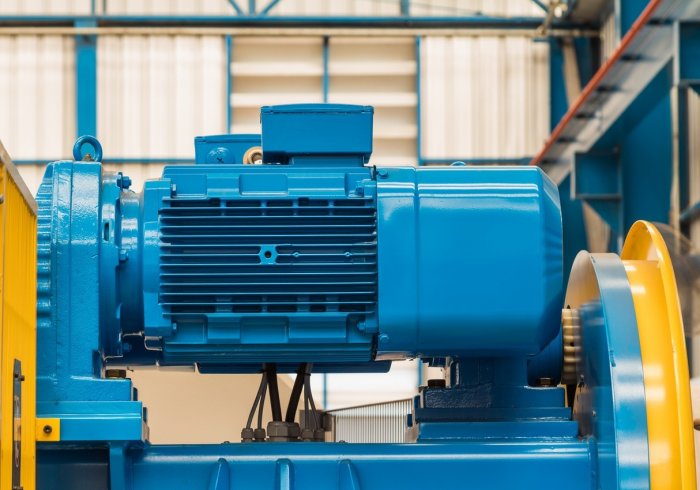
The Joule-Lenz law
All electrical energy transmission line, causes these wires to heat up. In addition, significant electrical energy is used as intended to power various heating devices, to heat tungsten filaments to high temperatures, etc. Calculations of the heating effect of electric current are based on the Joule-Lenz law, discovered in 1841 by James Joule and independently in 1842 by Emil Lenz.
This law quantifies the thermal effect of an electric current.It is formulated as follows: "The power of heat released per unit volume (w) of the medium when a direct electric current flows in it is proportional to the product of the electric current density (j) by the value of the electric field strength (E) «.

For thin wires, the integral form of the law is used: "the amount of heat released per unit time from a section of the circuit is proportional to the product of the square of the current in the considered section by the resistance of the section. » It is written in the following form:

The Joule-Lenz law is of particular practical importance in the transmission of electrical energy over long-distance wires.
The conclusion is that the thermal effect of the current on the power line is undesirable because it leads to energy losses. And since the transmitted power depends linearly on both the voltage and the magnitude of the current, while the heating power is proportional to the square of the current, it is advantageous to increase the voltage at which electricity is transmitted, reducing the current accordingly.
Ohm's Law
The basic law of electric circuit — Ohm's Law, discovered by Georg Ohm in 1826.… The law determines the relationship between electric voltage and current depending on the electrical resistance or conductivity (electrical conductivity) of the wire. In modern terms, Ohm's law for a complete circuit is written as follows:
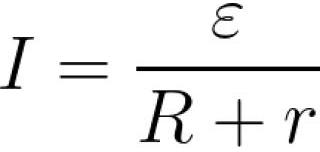
r — source internal resistance, R — load resistance, e — source EMF, I — circuit current
From this record it follows that the EMF in a closed circuit through which the current given by the source flows will be equal to:

This means that for a closed circuit, the source emf is equal to the sum of the voltage drop of the external circuit and the internal resistance of the source.
Ohm's law is formulated as follows: «the current in a section of the circuit is directly proportional to the voltage at its ends and inversely proportional to the electrical resistance of this section of the circuit.» Another notation of Ohm's law is by conductance G (electrical conductivity):

Ohm's law for a section of a circuit
Application of Ohm's law in practice
What are voltage, current, resistance and how are they used in practice

